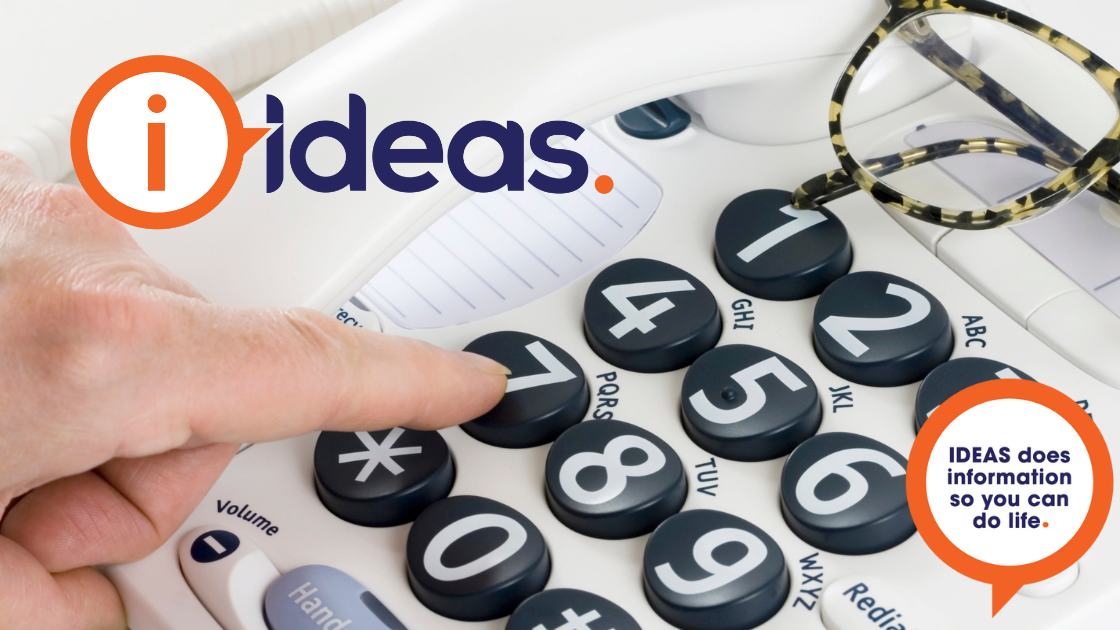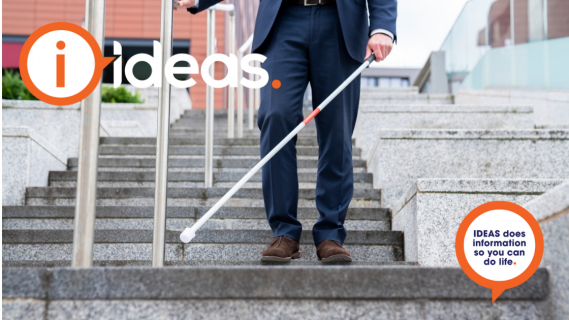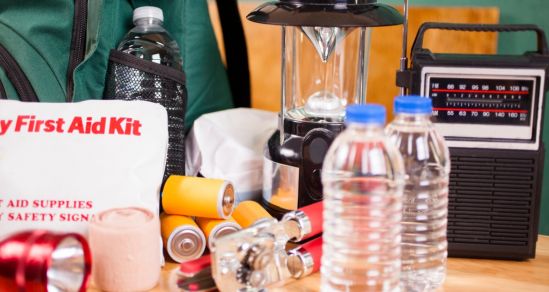If you or someone you live with has a serious medical condition, you may be able to access Priority Assistance Service for your landline.
With priority assistance, your telecommunications company must:
- Connect to standard landline service faster than other customers
- Fix faults within 48 hours in remote areas, or within 24 hours in urban and rural areas
- Test the phone service if you have 2 or more faults in 3 months
Telstra is the only provider that must offer priority assistance service to customers as a condition of its licence. Other telecommunications services can choose.
You qualify if you have a landline and someone in your household has a medical condition and:
- The situation can get worse so fast that it is life-threatening
- Calling an ambulance or speaking on the telephone to a medical professional could save the life of the person
- You may also be eligible if you have another serious condition and live alone or in a remote area
You will need a medical certificate from the doctor to complete the application process. Telstra Priority Assistance Examples of conditions that are eligible are:
- Severe Asthma
- Risk of Anaphylaxis
- Cardiovascular illness
- High-risk pregnancy
- Life-threatening hypoglycaemia
- Life-threatening epilepsy
- On respirators at home
- On dialysis at home
- Severe mental health disorders
- Technology dependent who are at high risk
If a doctor/medical practitioner describes the medical condition as temporary, or if the person with the relevant medical condition isn’t the account holder, you will need to reapply every 3 years. If you are the account holder, and your medical condition is permanent, you don’t need to reapply for Priority Assist unless you cancel your landline, transfer the ownership of the landline service to another person or move your landline to another carrier.
Source: Australian Communications and Media Authority






